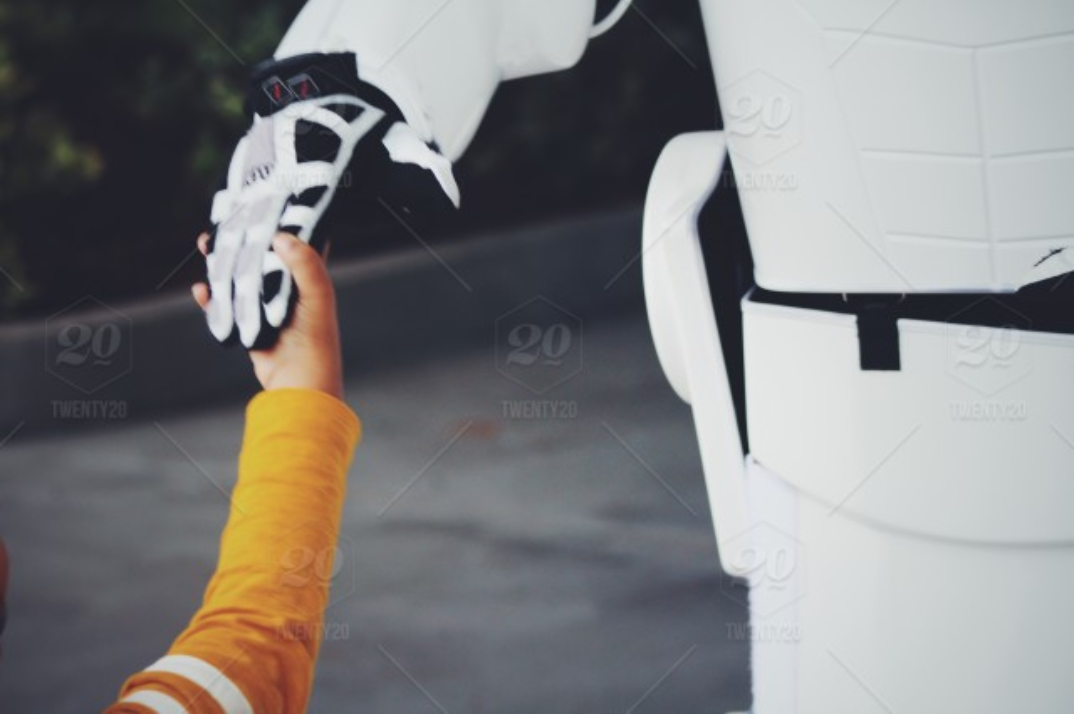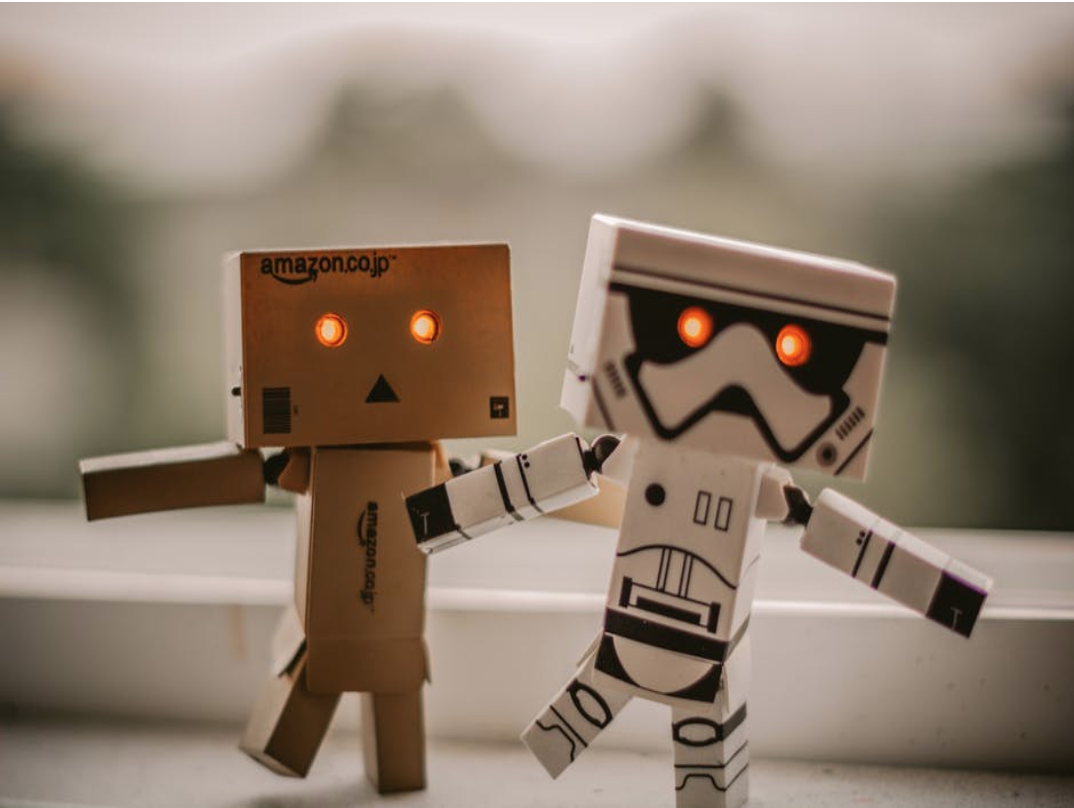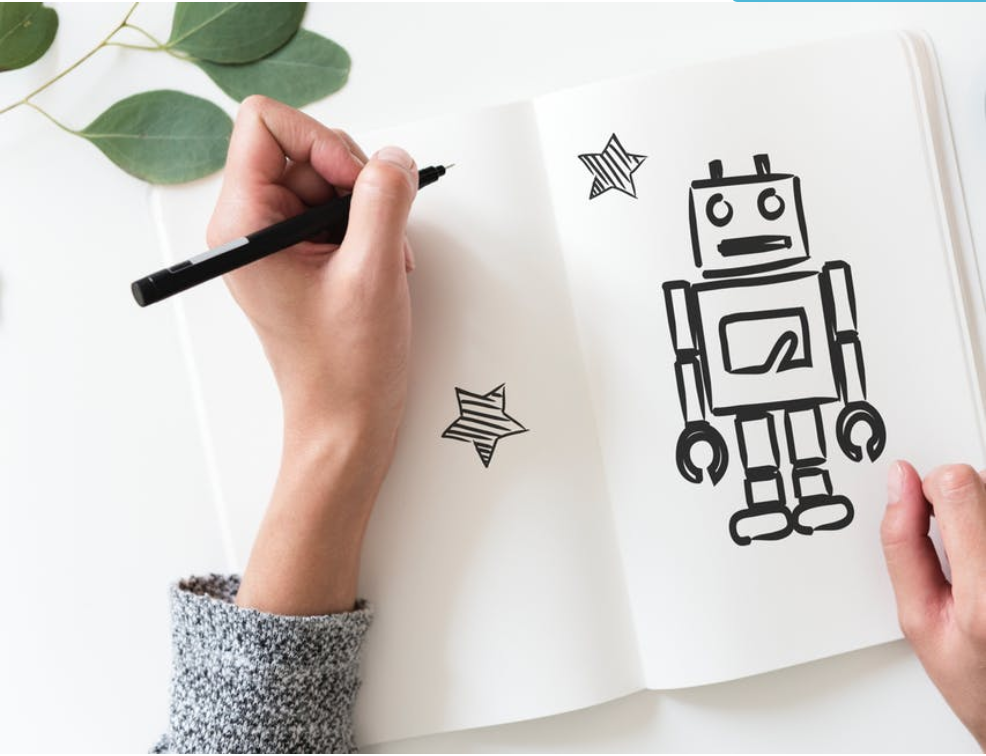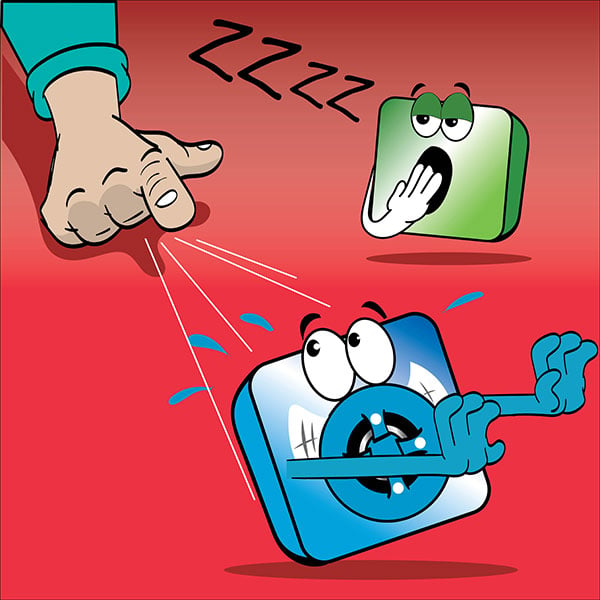Lesson Modules
Teaching Tips:
KT06 Cubelets in the Classroom, 40-minute activity
This lesson plan can be used as an introduction to robotics and presents the basic components of robots (sense, think, act) in a fun, hands‐on, and experiential way. The deeper objective of these activities is to 1) leverage students’ engagement in understanding and building robots with Cubelets, and 2) to evoke natural curiosity about what their robots do and how they act. While students observe and understand behavior they build scientific skills relevant to biology, psychology, robotics, and artificial intelligence. They also develop general critical thinking ability related to scientific inquiry, categorization, considering properties and characteristics, and prediction.
For each class/group, this lesson plan includes 2 segments:
Each segment is suggested to last 20 minutes in order to comprise one class of about 40 minutes.
- An “unplugged” introduction to new vocabulary or concepts that allows kids to learn the basics of robotics
- A hands‐on exploration of robotics components, sensing, behavior, and cataloging inputs/stimuli using Cubelets
Each segment is suggested to last for 20 minutes, with two segments comprising a 40-minute class. Where a class period affords less than 40 minutes, we suggest increasing the time for each segment and using Part 1 as a single class and Part 2 as a single class activity the next day.
Introduce each group to the task of being Robot Investigators
Tell the class: “I have these robot blocks and you can make different robot creatures with them. Today, we’re going to use some of the scientific techniques of biologists, psychologists, and anthropologists to investigate and understand the robots we make and test. Our robots will do different things and behave in different ways. You’ll learn to collect data and keep track of what they do as well as, the things we do that they react to so that you can better understand your robots.
First, let’s play a game that will help us better understand some robot basics, start thinking about what we might want to investigate when we build our robots and learn some new scientific vocabulary. “
The last questions can be answered out loud depending on the writing skills of the students.
You can make different robot creatures with these robot blocks.

First, let’s play a game that will help us better understand some robot basics, start thinking about what we might want to investigate when we build our robots and learn some new scientific vocabulary.
Teaching Tips:
Materials: tape, envelopes, paper clips, plastic bag, objects of different masses, radio/MP3 player and speakers
Teams of one, two, or three children act as robots to complete a task by sensing‐thinking‐acting with restricted parameters/senses/actions. Goals can be as simple as retrieving a box. Multiple “paths” and robots can play at once in order to make this a short introduction. Alternatively, have children take their turns one at a time while others record data. Notice how the magnitude of responses can correlate to the magnitude of input/stimuli.
Basic rules
- Anywhere off the line is “hot lava!” (or an “out”)
- “Robots” or “Robot teams” can only move forward when sensory input indicates (“sense” agreed upon beforehand. See below)
| Sense Examples: | Information conveyed: |
| Mass | Student is given items of various masses. Heavier items produce more response. (Can be made invisible by putting items in a bag/pillowcase) |
| Number | Student is given chains of paper clips: 3, 4, 5, 6 . . . long. The more they get the greater the magnitude of reaction. (Can be made invisible by placing them in an envelope) |
| Noise/Sound | Student is given noise stimuli; e.g. music. Can be made invisible with an MP3 player/headphones |
One player per path, multiple paths for each child so all students are engaged. If time allows expanding this game, first try two players (one as Sense and one as Act) and then use different sense inputs and stimuli.
With your team, act as robots to complete a mission by sensing‐thinking‐acting.
Basic rules
- Anywhere off the line is “hot lava!” (or an “out”)
- “Robots” or “Robot teams” can only move forward when the sensory input indicates.
Follow the directions from your teacher and enjoy the game!

Teaching Tips:
In order for students to form theories about the sense component of their robot, they must investigate presenting varying input and stimuli to the sense Cubelet. Students practice observing behavior and build an understanding of different magnitudes of stimuli/input and their correlation to each reaction or output.
Materials: KT06 kits, groups of 14 students using each kit.
Initially, all groups use only the Distance, Drive, and Battery Cubelet to investigate “what this robot is sensing/reacting to?”
Tell the class: “Remember, robots must have sense and act components. Every robot also needs power. To start, I’m going to give each group 3 Cubelets: A Battery Cubelet, a black sensing Cubelet, and a clear action Cubelet that drives. Investigate how many different robot behaviors you can make. and move these Cubelets all around into different configurations. What do you think this robot is sensing? Can you make a theory and then try different ways of testing it?”
Ask students to demonstrate their different robots/behaviors and prompt them to try different things to get the robot to react. “What makes it move? What have you tried? What could this mean?”

Remember, robots must have sense and act components. Every robot also needs power. To start, your teacher will give each group 3 Cubelets: A Battery Cubelet, a black sensing Cubelet, and a clear action Cubelet that drives. Investigate how many different robot behaviors you can make and move these Cubelets all around into different configurations.
- Heat
- Light
- Distance
Teaching Tips:
Take some student volunteers (or groups)- ask them to explain how their robot behaves and their reasoning behind it.

